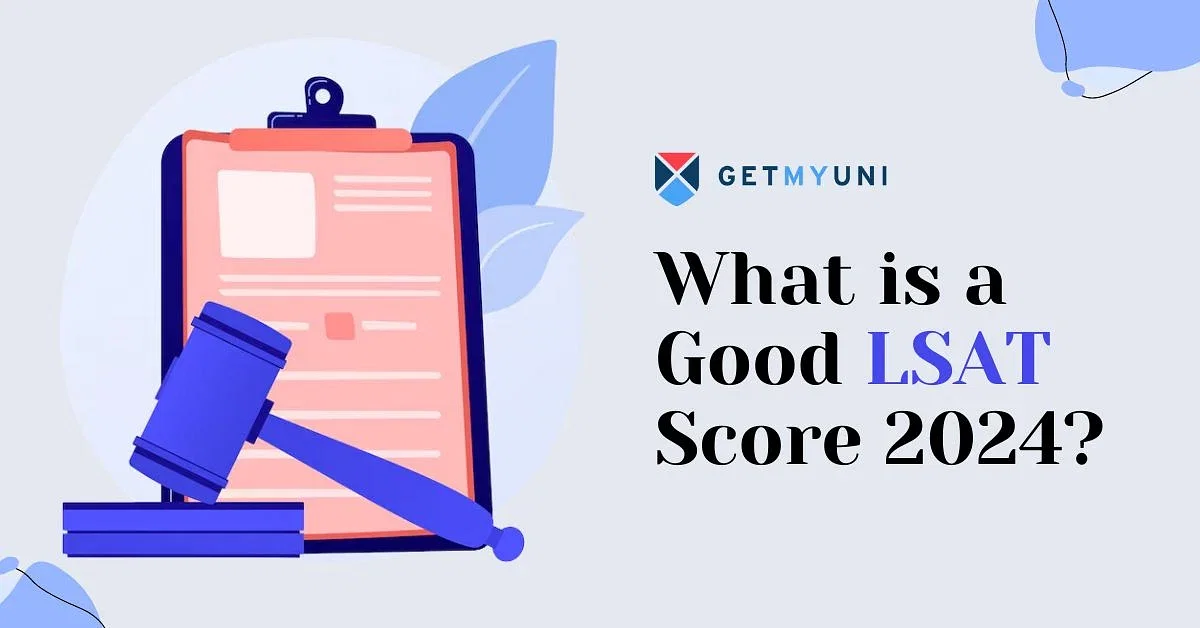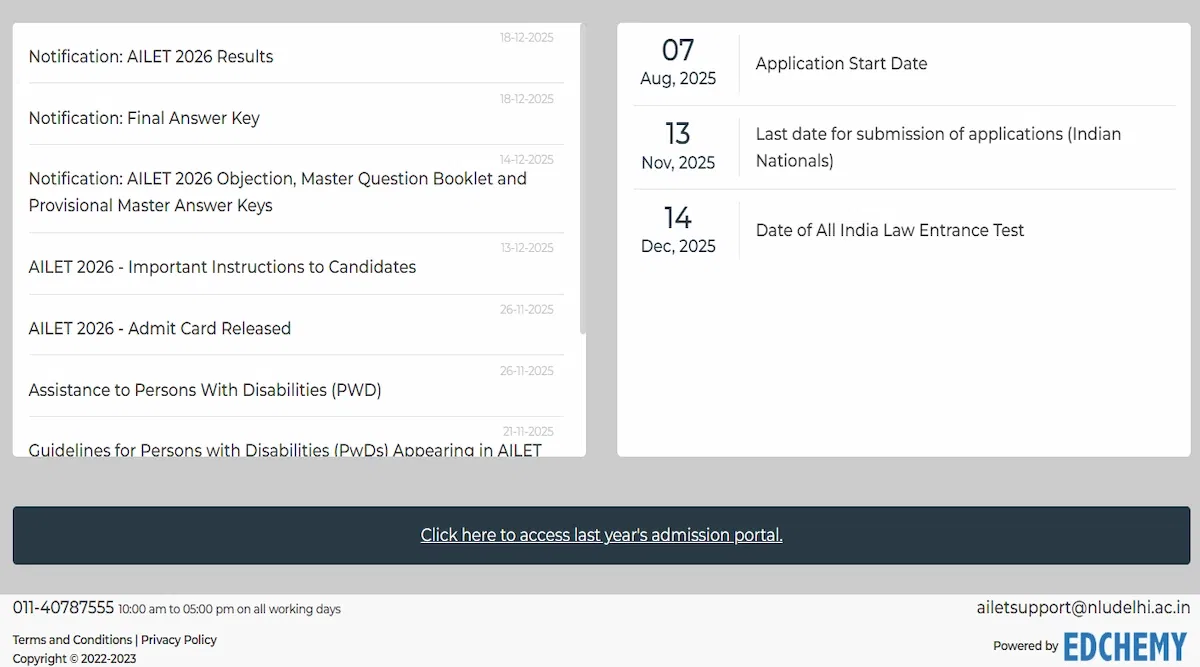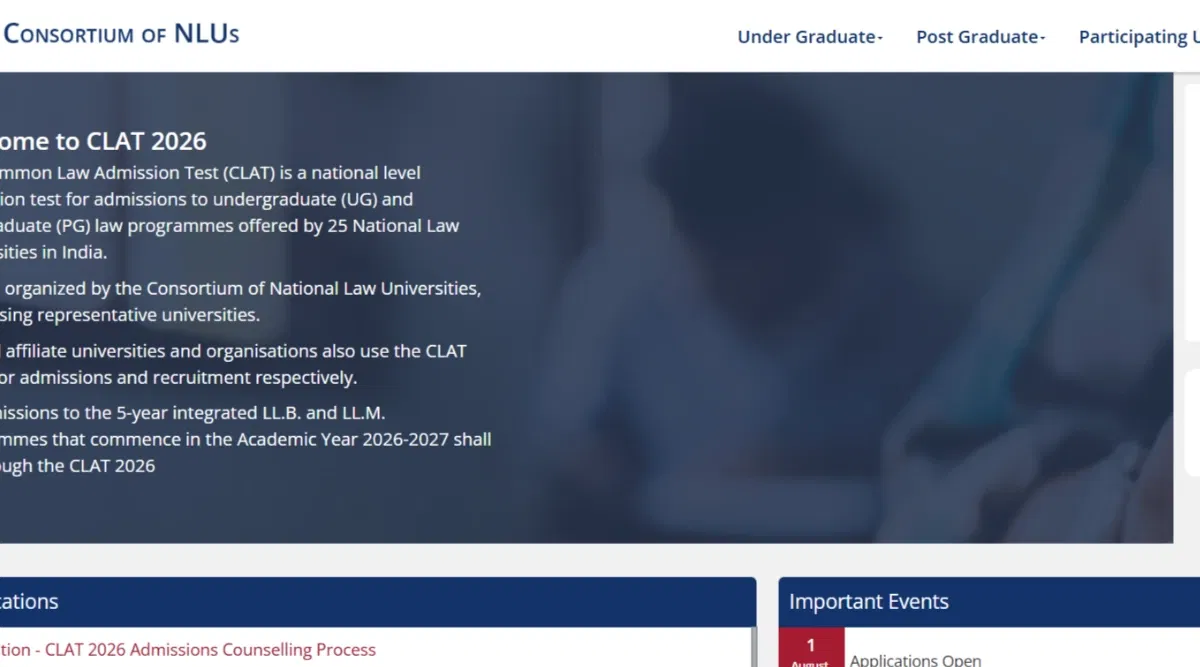Techniques to improve LSAT logical reasoning scores include practicing official LSAT prep tests and using techniques such as the rule of 30-60 and the process of elimination, recognizing similarities and differences between patterns of reasoning.
Table of Contents
How to improve logical reasoning LSAT scores? The LSAT reasoning section tests a candidate’s critical thinking skills, and analyses of this kind may comprehend, assess, contrast, build, determine, and reinforce arguments.
Students must finish several parts of this analysis within time to improve logical reasoning LSAT scores.
Candidates can improve their scores by practising official LSAT prep tests. Candidates are more likely to develop LSAT logical reasoning techniques by practising questions and reviewing the answers.
Aspirants must learn to manage their time efficiently to score better in the LSAT exam. The Logical Reasoning Section will have 25 questions and must be answered within a duration of 35 minutes.
LSAT Logical Reasoning Techniques
Students wanting to know more about how to improve their logical reasoning skills can check out the LSAT logical reasoning tips and strategies listed below:
- Read the question carefully: Candidates need to read the logical reasoning questions properly to identify the information that is relevant to the question.
Reading the questions will help students avoid mistakes and waste time on irrelevant information. - Missing Evidence in Questions: Candidates must be careful regarding the assumptions they create while answering the questions. This may mislead them into answering the questions incorrectly.
- Using official LSAT prep tests: Practising test papers allows candidates to identify their weak sections and helps them understand the question paper’s exam pattern.
Reviewing the solved questions will also help candidates improve their scores by identifying their mistakes and correcting them for the LSAT test. - LSAT Logical Reasoning Time Management: Taking timed tests is extremely beneficial for candidates, as this helps them get a clear picture of the number of questions they can answer during the period.
- Process of Elimination: Candidates can use this method when in a predicament. This method will allow them to eliminate the incorrect options. Once all the irrelevant choices are eliminated, there won’t be many choices remaining.
- Rule of 30-60: This rule is beneficial for students to solve logical reasoning questions. According to this method, candidates must read the question carefully in 30 seconds to understand the type of question.
The candidate must use the next 60 seconds to sieve the relevant information from the question and be able to solve it. This technique helps students use their time efficiently.
Also Check: LSAT India Cut Off 2024
Top 5 Ways to Improve Logical Reasoning Score
Taking the LSAT in August of 2024 or later? Make sure you're aware of any big future changes to the test and plan accordingly. The Analytical Reasoning component (also known as Logic Games) will be replaced with a second Logical Reasoning component. In addition, the Writing area will feature a new argumentative task. Now that you know what's changing, continue reading!
The logical reasoning segment is noted for its challenging question types. So, how can you improve? Take a look at the top five techniques to boost your logical reasoning score!
1. Open Up Your Mind
The LSAT test writers are masters of paraphrasing. This implies they can express a single notion in almost a hundred different ways. You may have read a question and immediately thought of the answer. But when you got to the response selections, none of them seemed to fit your idea.
You might have then gone back and reread the question, and you were completely confused. You must improve your flexibility and ability to identify comparable languages. The test writers might use a word you didn't expect, yet the answer remains correct.
2. Prepare Yourself for Each Question
TypeThe logical reasoning section has a variety of question formats. There are numerous types of questions, including assumption questions, weaken questions, and principle questions. The key to enhancing logical reasoning is knowing what to do when you encounter problems.
3. Learn Logical Indicator Words
Knowing the terminology is essential for diagramming correctly! If you hesitate because you don't remember whether "the only" denotes the adequate condition, you'll waste time on the section. So, take your time learning as many of them as possible so that you may be confident on test day.
4. Practice Difficult Indicator Words
Words like "unless" and "without" might be difficult to diagram. (You negate any half of the statement to make it sufficient.) Avoid making exam day one of your few opportunities to practice diagramming these terms.
5. Focus More on Reasoning Flaws
Finally, one of the most effective strategies to improve logical reasoning is to understand its weaknesses. Most pupils do not learn about things in school, thus they may be unfamiliar. However, on the LSAT, you are required to understand the most basic errors.
For example, an ad hominem assault centers an argument on the opponent's character rather than their real arguments. This type of reasoning is distracting and rarely supports a conclusion. So it's a flaw in reasoning. Taking the effort to become familiar with various defects is one of the most effective strategies to increase your logical reasoning score!
LSAT Logical Reasoning Practice Questions
Students can check out the table below for a PDF of LSAT Logical Reasoning Practice Questions:
| Sample Question Papers | Download Link |
| LSAT Logical Reasoning Practice Questions -1 | Download Now |
| LSAT Logical Reasoning Practice Questions - 2 | Download Now |
| LSAT Logical Reasoning Practice Questions - 3 | Download Now |
Also Check: How to Improve LSAT Score?
LSAT Logical Reasoning Section Breakdown
Candidates can check out the table below to get an understanding of the LSAT Logical Reasoning Section Breakdown:
| LSAT Section | Details |
| Logical Reasoning ("Arguments") | Two sections. |
| 24-26 MCQs per section. | |
| 35 minutes per section. | |
| This section tests a candidate’s critical thinking skills. Candidates must understand the main points of arguments, apply logic to abstract concepts, find relevant information within a text, and analyse and evaluate arguments. |
Also Read: LSAT vs CLAT
LSAT Logical Reasoning Question Types
Candidates who want to know the type of questions asked in the LR section need to practice PrepTests to understand recurring patterns within the question types. The table below has listed the types of questions:
| Logical Reasoning Question Types | Details |
| Most Common Question Types | Assumption |
| Strengthening/Weakening | |
| Flaw and Inference | |
| Less Common Question Types | Argument Method |
| Paradox | |
| Parallel Reasoning | |
| Point at Issue | |
| Principle and Role |
Also Check: LSAT India vs LSAT Abroad
LSAT Logical Reasoning Study Plans
Students who want to prepare LSAT Logical Reasoning Study Plans can check out the points listed below to prepare one of their own:
- Practise LSAT PrepTests - Candidates must practise tests before they make their study plan. This will help candidates to understand their strengths and weaknesses and help them familiarise themselves with questions.
Candidates can use the scores to determine their study schedule. - Being Disciplined - Candidates preparing for LSAT must remain disciplined and stick to their study plan. This way, candidates will not feel burnout while preparing for the test.
Candidates must schedule breaks in their study plan, as this will allow them to work effectively and better. - Determine the duration of the Study Plan - A standard study plan duration to prepare for LSAT is usually three months.
However, candidates who start their preparation one year in advance can practise and improve their scores effectively. An LSAT study plan should have at least 12 hours per week. - Type of Questions - The LSAT logical reasoning section requires candidates to work on their critical thinking skills. Most LR questions include the Must Be True, Strengthen, Weaken, Flaw, and Assumptions subtypes.
Most games revolve around ordering concepts, grouping concepts, or both.
Also Check: What is a Good LSAT Score?
LSAT Logical Reasoning Mistakes to Avoid
Candidates wanting to know about the LSAT Logical Reasoning Scoring Strategies must look at the list of mistakes to avoid scoring well on the test:
- Wasting time- Candidates must not waste time answering questions. If they are unsure of their choice, they should mark any option they wish, as there is no negative marking in the LSAT examination.
One of the biggest mistakes candidates make while answering the LR section. Each question will be worth the same marks only. However, some questions will have more questions than others. - Ignoring Inferences in Logic Game Questions- Candidates must not eliminate the use of inferences, as this will lead to incorrect answers. Adding inferences while answering questions will help candidates to analyse a question properly.
Using this method will save candidates time during the exam. - Supporting Source Arguments- Candidates must not answer questions by attacking the person/group making a claim (the source) instead of attacking the claim’s details. Candidates must focus on the source of the argument and its proof.
- Circular Arguments- Candidates must not make the mistake of using the statement as evidence to support their conclusion. Circular reasoning questions are difficult to answer as they do not provide any evidence to support their conclusions.
Also Check: LSAT India Result 2024





































POST YOUR COMMENT